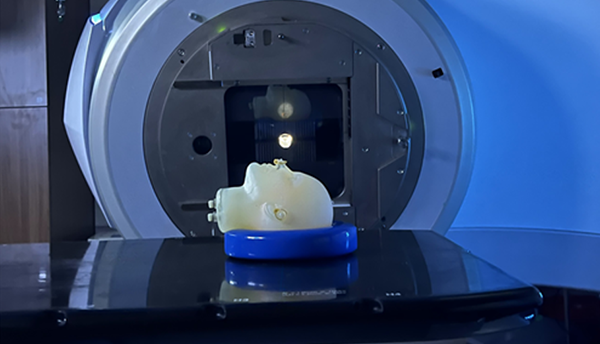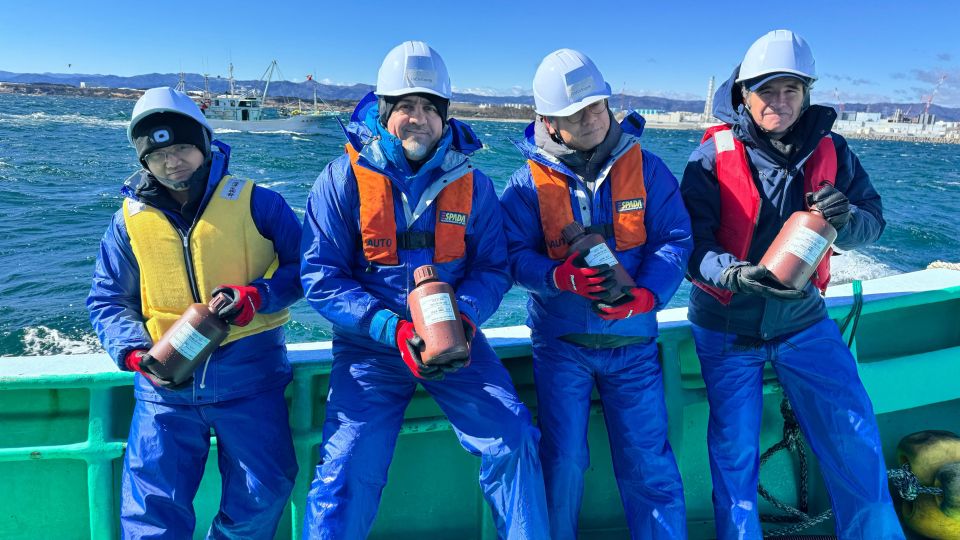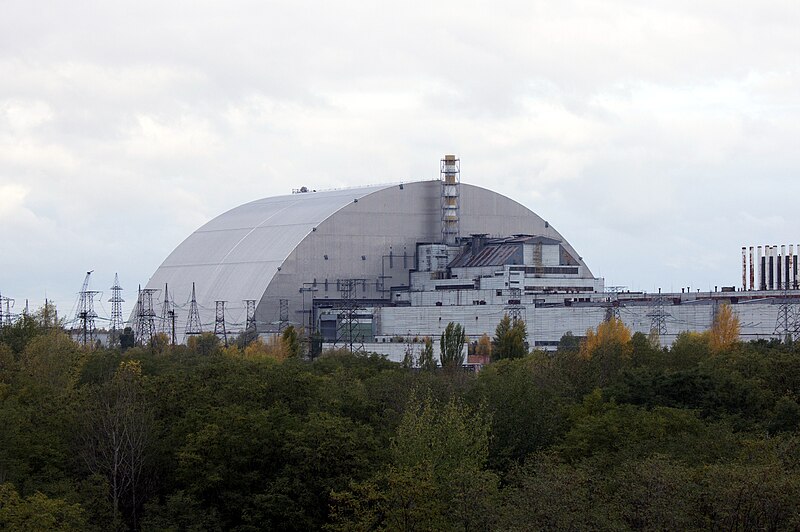Implications of improved radiation protection standards for Fukushima evacuees
 The American Nuclear Society's annual meeting for 2012 included a President's Special Session titled Low-Level Radiation & Its Implications for Fukushima Recovery (Warning-the link leads to a 54 MB, 208 page PDF full of disruptive information that might change your opinion on the benefits of spending billions of dollars every year to keep radiation doses as low as unreasonably achievable).
The American Nuclear Society's annual meeting for 2012 included a President's Special Session titled Low-Level Radiation & Its Implications for Fukushima Recovery (Warning-the link leads to a 54 MB, 208 page PDF full of disruptive information that might change your opinion on the benefits of spending billions of dollars every year to keep radiation doses as low as unreasonably achievable).
The session was well attended and 200 printed copies of the 208-page compilation of presentations and papers were snapped up quickly. Unfortunately, I am not yet able to judge if the situation today is any more favorable to a rational reconsideration of current regulations than it was during the period between 1994-1999 when Jim Muckerheide, Ted Rockwell, Ted Quinn, Andy Kadak, and others arranged a sustained series of special sessions on the health effects of low level radiation at ANS annual meetings.
That series culminated in technical briefing papers that supported revised ANS and Health Physics Society (HPS) position statements in favor of taking new approaches to radiation protection and some acknowledgment by Nuclear Regulatory Commission commissioners such as Greta Dicus that the science being gathered supported the need for a reevaluation of the linear no-threshold model (LNT) model and the regulations that use it as their basis.
Unfortunately, that effort came to naught after the officially selected Committee to Assess Health Risks From Exposure to Low Levels of Ionizing Radiation from the National Academy of Sciences decided that the evidence of no or positive effects from very low levels of radiation was not convincing enough. They refused to overturn their long-held assumption that the linear relationship between dose and damage was valid enough for government regulations all the way down to a zero dose.
Little changed in the radiation protection field as a result of the multi-year effort and more billions of dollars were spent-and collected by the recipients of the spending-each year for more than another decade to protect people from doses that have never been shown to cause harm to people. The LNT is used to justify such absurd regulations as requiring that the high level waste repository in the United States must designed to ensure that annual doses to the most exposed person will be less than 15 mrem per year. That is 1/20th of the average background radiation in the United States.
My curiosity about the conclusion reached by the BEIR VII committee was strong enough when I first read the report. I had attended a number of the special sessions at ANS meetings, become a member of Radiation, Science and Health and developed a high level of respect for Jim Muckerheide, Myron Pollycove, Jerry Cuttler, Sohei Kondo, and John Cameron, among others. I could not understand why the information those highly qualified and courageous scientists and engineers were developing and presenting was being ignored.
However, while working in Washington and living in Annapolis, Md., I developed a friendship with a member of the Uniformed Public Health Service. He served a tour of duty in the office of the Environmental Protection Agency (EPA) that controls the expenditure of the funds that the U.S. government appropriates each year to support the Life Span Study (LSS) of the victims of Hiroshima and Nagasaki conducted by the Radiation Effects Research Foundation. He told me that the senior government service (GS) employees that controlled that funding had established a small fiefdom. They had decided that they would do everything in their power to make sure that the money kept flowing to people that supported the status quo assumption. They made no secret of the fact that the LSS was their career ticket during conversations in the office.
After hearing that story, I more fully understood why the BEIR VII committee was so sure that the Life Span Study of atomic bomb victims-whose doses were given in a very short period-was considered to be a gold standard. It can be difficult to argue with funding sources that have a preconceived notion about the answers they expect to receive as deliverables. The thing that still bothers me, however, is realizing that a tiny group of functionaries can selfishly hold so much power over so many for such a small thing as a government job.
During the intervening years since the last sustained effort to bring sense and science to regulations and emergency response criteria associated with low level radiation doses, I have engaged in numerous conversations with nuclear energy professionals who have resisted-sometimes quite strongly-the idea that there is such a thing as a safe dose of radiation. Some were shocked to hear me suggesting that science showed that it was possible that radiation might even be beneficial at certain doses. Those concepts go against so much of their training and indoctrination.
The report produced for the 2012 special session should help reach these skeptical professionals, especially the ones who have nurtured the important nuclear philosophy that they are learning professionals who must always maintain a questioning attitude that is open to change if given new, reliable information.
Even though it is a big file at 54 MB, the President's Special Session: Low-Level Radiation & Its Implications for Fukushima Recovery should be spread widely and reprinted often. Far more nuclear professionals have unfettered access to high speed data networks now than they did in 1999. Though the Internet was available and papers from the ANS sessions were posted on web sites, the network was not very fast or very ubiquitous in the small towns that host the workers at most nuclear power plants and national labs.
I hope that the plight of the evacuated residents of the Fukushima prefecture will encourage interested observers to recognize the deleterious effects of maintaining regulations based on an inaccurate model in the name of "conservatism" or "precautionary protection". If sensible rules prevailed, nearly all of the Fukushima evacuees would be able to return home and rebuild their homes, villages, and lives.
So far, I am more hopeful than optimistic. Perhaps some of you can convince me that this time is going to be different, and we really will see a gradual shift toward more rational radiation regulations.
_______________________________

Adams
Rod Adams is a nuclear advocate with extensive small nuclear plant operating experience. Adams is a former engineer officer, USS Von Steuben. He is the host and producer of The Atomic Show Podcast. Adams has been an ANS member since 2005. He writes about nuclear technology at his own blog, Atomic Insights.






